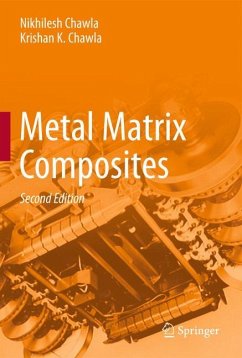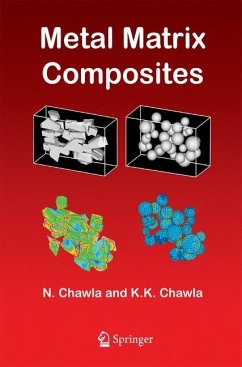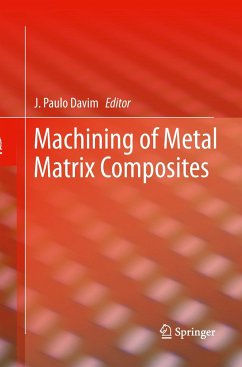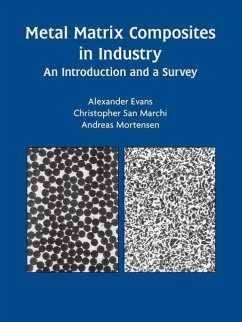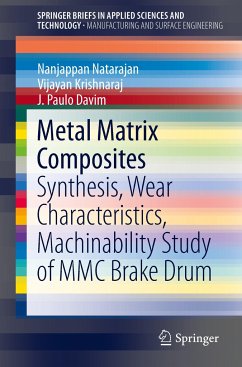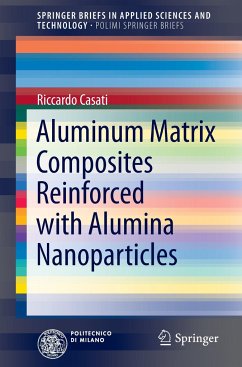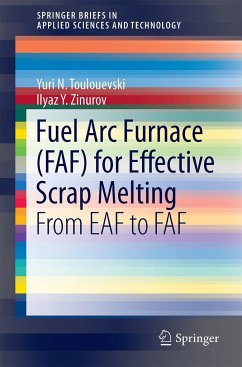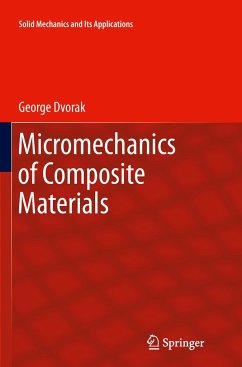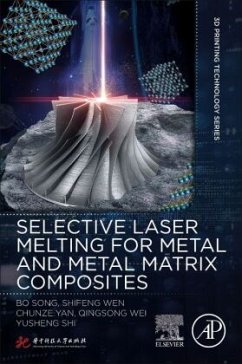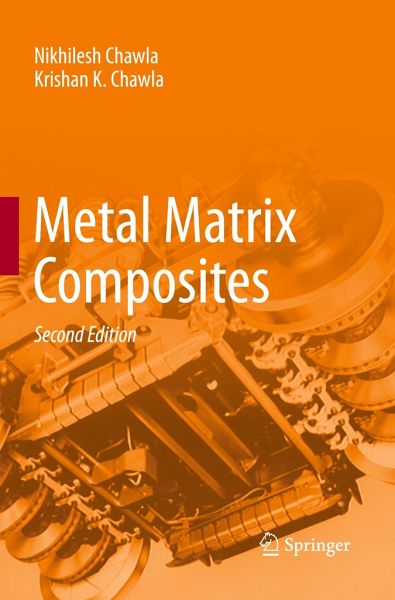
Metal Matrix Composites
Versandkostenfrei!
Versandfertig in 6-10 Tagen
121,99 €
inkl. MwSt.
Weitere Ausgaben:

PAYBACK Punkte
61 °P sammeln!
This work focuses on the fundamentals of MMCs for engineers and designers. The new edition addresses new issues and developments in the areas of automotive, aerospace, electronics and consumer applications. These include continuous fiber reinforced MMCs for cables in power transmission, high temperature superconducting wires, particulate MMCs in civilian aircraft and automotive applications, and high volume fraction, high thermal conductivity substrates for electronic packaging. The coverage is thorough and cohesive, and emphasizes the synergistic relationships among processing, structure and ...
This work focuses on the fundamentals of MMCs for engineers and designers. The new edition addresses new issues and developments in the areas of automotive, aerospace, electronics and consumer applications. These include continuous fiber reinforced MMCs for cables in power transmission, high temperature superconducting wires, particulate MMCs in civilian aircraft and automotive applications, and high volume fraction, high thermal conductivity substrates for electronic packaging. The coverage is thorough and cohesive, and emphasizes the synergistic relationships among processing, structure and properties of metal matrix composites.




